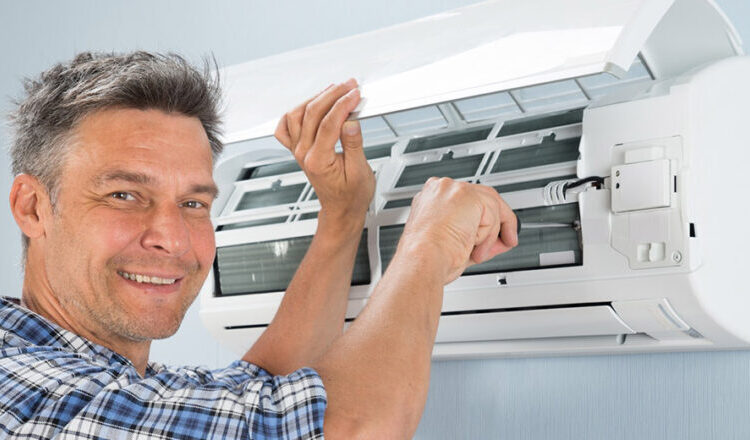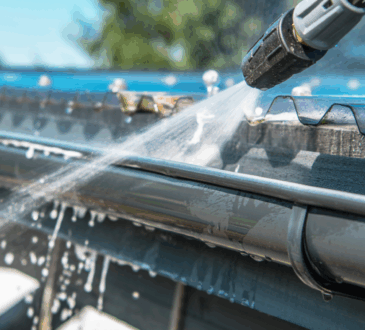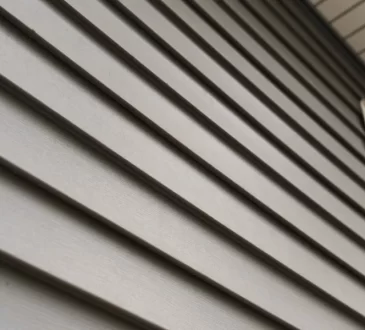
When your air conditioning unit malfunctions, especially during the hotter months in Louisiana, it can be a major inconvenience. Before you rush to call a professional A/C repair service, there are several steps you can take to diagnose and possibly fix the issue yourself. This guide provides a detailed, step-by-step approach to troubleshooting and repairing common problems with your A/C unit. Not only can this save you time and money, but it also gives you a better understanding of how your system works.
Step 1: Safety First
Before attempting any repairs, ensure your safety:
- Turn off Power: Always turn off the power to the A/C unit at the breaker box to prevent any electrical hazards.
- Use Proper Tools: Have necessary tools like screwdrivers, a multimeter, and protective gloves.
- Read the Manual: Consult your A/C unit’s manual for specific safety instructions and diagrams.
Step 2: Check the Thermostat
Sometimes the issue is as simple as the thermostat settings:
- Correct Mode: Ensure the thermostat is set to “cool” and not “heat” or “off”.
- Temperature Setting: The temperature should be set lower than the current room temperature.
- Battery Check: Replace the batteries if your thermostat is not hardwired.
Step 3: Replace or Clean Air Filters
Dirty air filters can restrict airflow and reduce efficiency:
- Locate the Filter: Find the air filter, usually located in the return air duct or blower compartment.
- Check for Dirt: If the filter is visibly dirty, it needs cleaning or replacing.
- Cleaning/Replacing: Clean reusable filters with mild soap and water. Replace disposable ones with the same size and type.
Step 4: Inspect the Outdoor Unit
The outdoor unit needs sufficient airflow:
- Remove Debris: Clear leaves, dirt, and other debris from around the unit.
- Check for Damage: Look for any visible signs of damage like bent fins or leaking fluid.
- Clean Fins: Gently clean the fins with a soft brush or special fin comb.
Step 5: Examine the Condensate Drain
A clogged condensate drain can cause water leakage:
- Locate the Drain: Find the drain line, typically a PVC pipe coming out of your indoor unit.
- Check for Blockage: Look for any obstructions or algae growth.
- Clean the Drain: Flush the line with a mixture of water and vinegar to remove blockages.
Step 6: Inspect the Electrical Components
Electrical issues require more caution:
- Check Connections: Look for any loose electrical connections.
- Test Capacitors: Using a multimeter, test the capacitors for continuity.
- Inspect Wiring: Look for any signs of overheating or damage to the wiring.
Step 7: Evaluate the Coolant Levels
Low coolant levels can affect cooling efficiency:
- Check Lines: Inspect the refrigerant lines for leaks.
- Gauge Coolant Level: Use a coolant gauge to check the level. If low, it’s best to call a professional as handling refrigerant requires certification.
A.C Repair Time
Following these steps can help you identify and fix common issues with your A/C unit. However, if these steps don’t resolve the problem, or if you’re uncomfortable performing any of these tasks, it’s wise to call a professional A/C repair service that is local to your city in Louisiana. Remember, regular maintenance can prevent many issues and extend the life of your unit.
Additional Tips
- Regular Maintenance: Schedule regular maintenance checks with a professional to keep your system running efficiently.
- Upgrade Thermostat: Consider upgrading to a smart thermostat for better control and efficiency.
- Energy Efficiency: Look into energy-efficient models if your unit is old or frequently requires repairs.
By taking a proactive approach to A/C unit maintenance and repair, you can enjoy a cooler home environment and potentially save on costly repairs. Remember, when in doubt, always consult a professional for advice and service.




